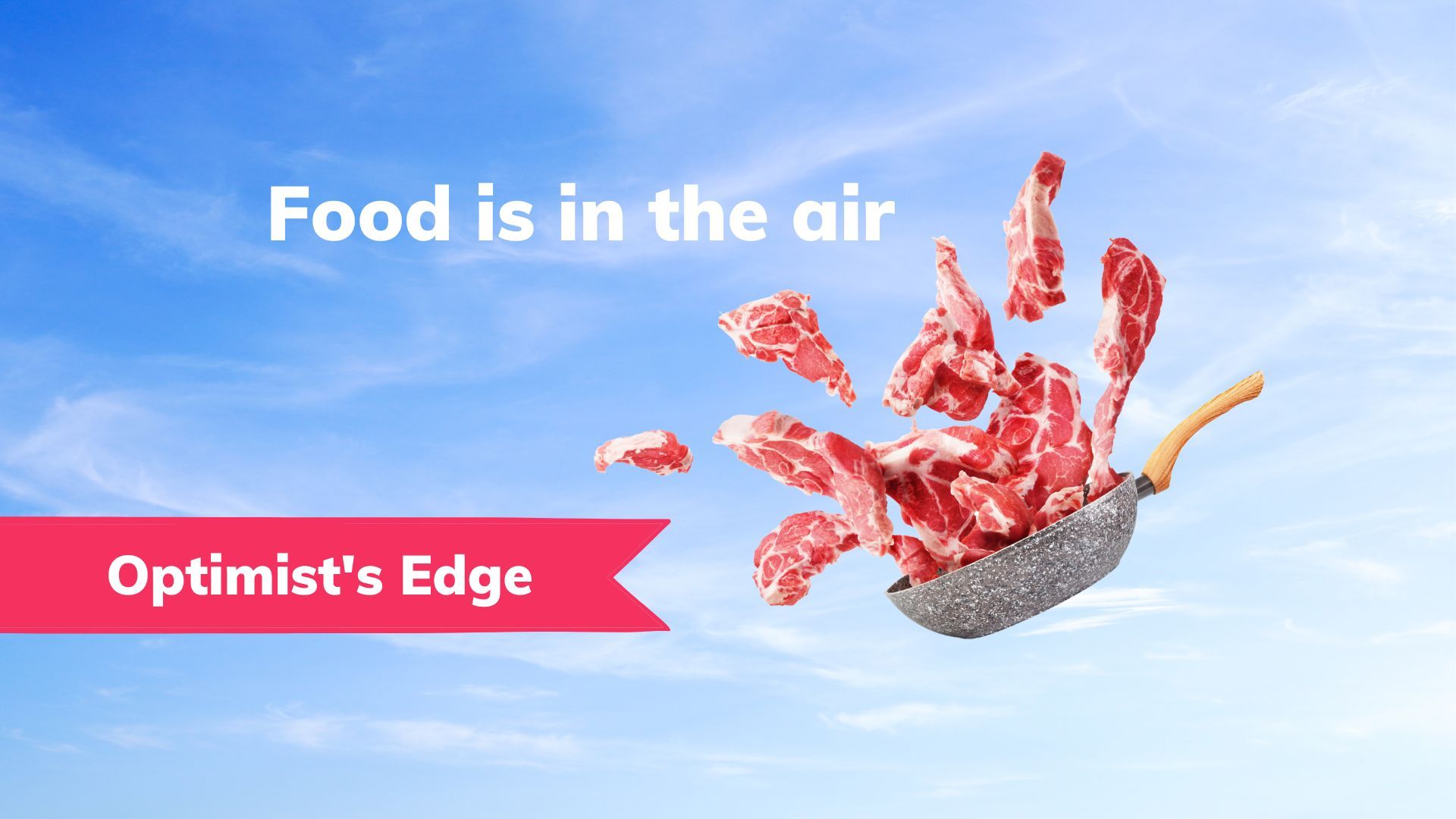
💡 Optimist's Edge: Food from air
Your next-generation steak saves both cows and the planet. The main ingredient? Carbon dioxide.
Share this story!
📉 What people think
What if the air you breathe could be turned into food? No, the public isn’t quite having it. As many as 84.5% replied they don’t think that’s possible.
Are you also one of the naysayers?
Then you’re in for a surprise.
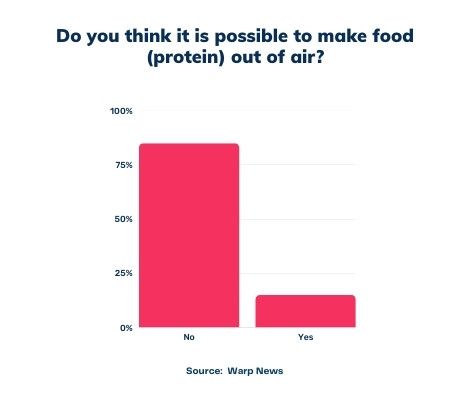
📈 Here are the facts
Meet the ingredients of your next meatless steak: Carbon dioxide, hydrogen, or methane. Mix with microbes. Let the grill — eh, sorry — fermentation process sizzle. Enjoy your meal.
Welcome to the food revolution, led by a new crop of trailblazing companies that use natural gases to create air-based, carbon-negative, beef-quality protein. The concept of transforming carbon dioxide into protein with a helping of microorganisms originated in the 1960s when NASA sought ways to feed astronauts during space missions: What about using something that comes in abundance — their own exhaled air? Back then, the space agency couldn’t quite make it happen.
Now, startups like NovoNutrients, Arkeon Biotechnologies, and Solar Foods have picked up the baton as they get closer to introducing a new brand of protein to consumers — produced without pesticides, fertilizers, animals, soy, swaths of land, or large quantities of water. Instead, this growing industry relies on technology that produces an endless supply of food with air, electricity, and fermentation.
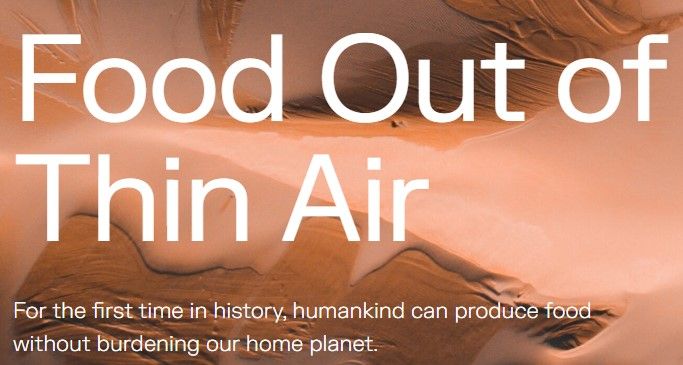
The process looks something like the making of yogurt or beer. Just like microbes eat milk and sugar, they can feed on elements from air like oxygen, nitrogen, and carbon dioxide. The cultures grow until they’re ready for, well, harvest. The final product is an organic, protein-rich, versatile flour with an amino acid profile that makes it possible to not only replace the protein in almost any food but recreate the flavor and mouthful of meat.
"We can grow enough material to make a steak in a matter of hours," Lisa Dyson, the founder and CEO of the California-based startup Air Protein, said earlier this year.
💡 Optimist's Edge
Consider the following statistics:
- Half of the world’s habitable land is used for agriculture
- Up to one third of greenhouse gas emissions come from food production
- The world’s growing population will require 50% more calories by 2050
- Carbon emissions must be dramatically reduced to combat rising temperatures
- Agriculture is responsible for 70% of global freshwater withdrawals
- The global fish catch peaked 20 years ago and continues to drop
The biotech startups, thus, have the potential to ease two global headaches by 1) turning the biggest environmental culprit of our time – carbon dioxide – into a resource while 2) making land availability and weather conditions non-issues for effective food production. With an alternative to clearing land for carbon- and resource-intensive farming, the load on nature lightens.
“The world economy will have this new element of strong circularity, in which upcycled CO2 is a key pillar of the food system,” says David Tze, founder and CEO of California-based NovoNutrients, which just won a FoodShot Prize in the shape of an equity investment to transform waste carbon into protein and other high-value products for the aquaculture and animal feed industries. “Five years from now, the alternative protein ingredients for food and feed will be lower-cost, higher-quality, and more sustainable than beef, soy, fish, or fungus.”
What will it take to reach a mass audience?
Gregor Tegl, CEO and co-founder of Arkeon in Vienna, Austria, replies:

“Fermentation has been used in food production for millennia; it’s one of the most natural ways to produce protein. Still, it is crucial to continue educating consumers about this old new process as well as the phenomenal potential that lies in microbial fermentation to transform our broken food system. Consumer acceptance will finally depend on a tasty, healthy product in price parity to conventional protein — however, responsibility cannot be placed fully on consumers. The entire food system needs to undergo major changes to support sustainable action.”
👇 How to get the Optimist's Edge
People consume a total of 386 million tons of meat a year, fueling a sector of the agricultural industry responsible for the most greenhouse gas emissions. But the market for alternative proteins is growing fast and is projected to make up 11% of the total by 2035. What can you do to turn the tide toward innovations like beef-quality protein made out of thin air?
Fund your venture: Are you sitting on a brilliant idea that will help food systems take another leap forward? Seek out investment platforms like FoodShot Global, designed to support “moonshot-scale” innovations that require longer gestation periods, or reach out to ProVeg Incubator, on a mission to transform the global food system.
Partner up: Calling all retailers, food service operators, chefs, manufacturers, and food service partners. Keep your eye on startups that are making waves in the protein fermentation market as they are often looking for partners to champion their products. Air Protein and Solar Foods, for example, recently searched for collaborators. These five companies also closed major funding rounds this year.
Boost the alternative: The Good Food Institute is an international nonprofit that aims to create a world where alternative proteins are the default choice. A donation supports their mission.
Work it: The future in biotechnology is yours. Here are 25 careers to choose from.
The first air-based protein products, like Air Chicken, are projected to hit the shelves next year. Happy eating.
Read more:
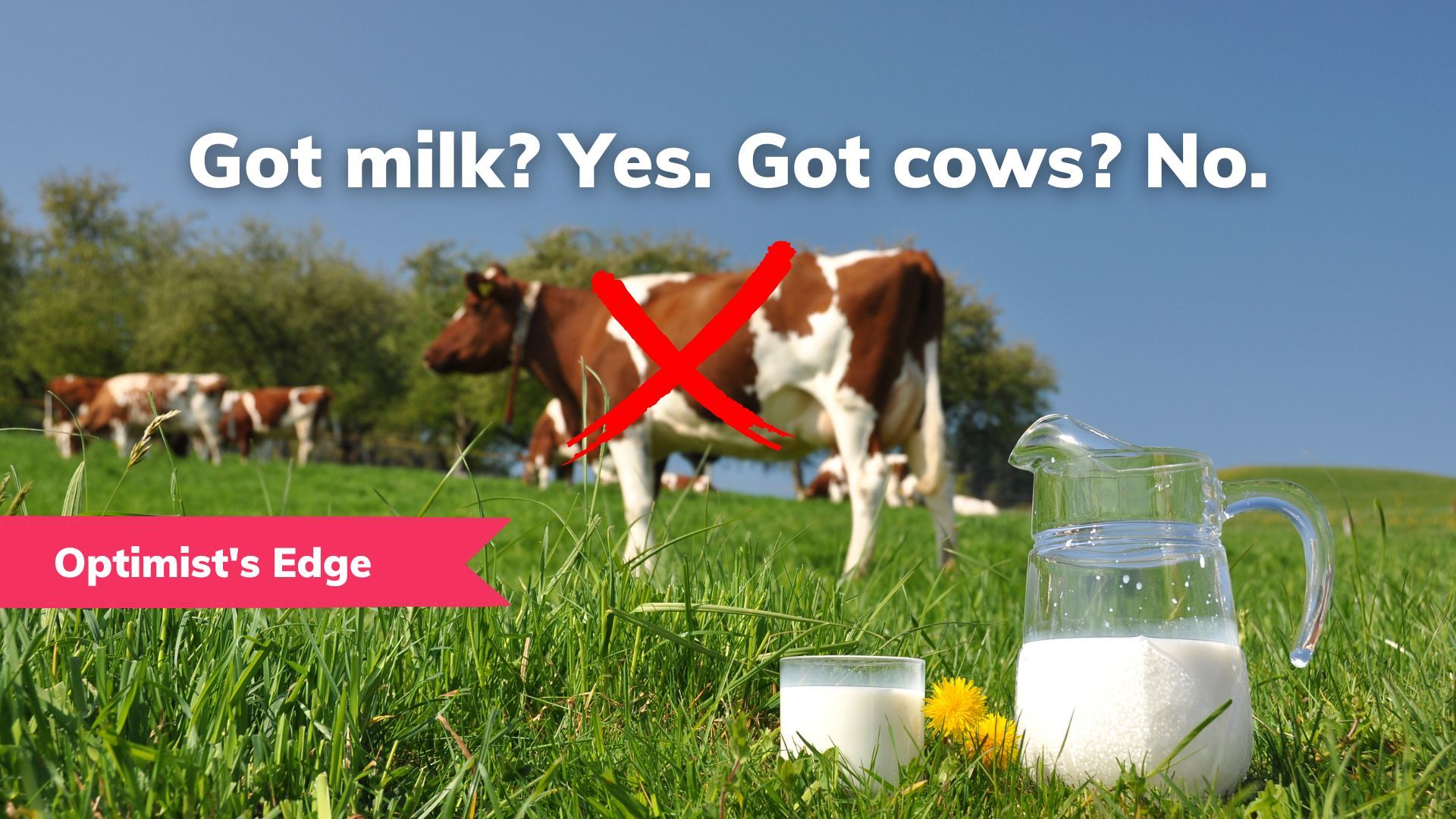

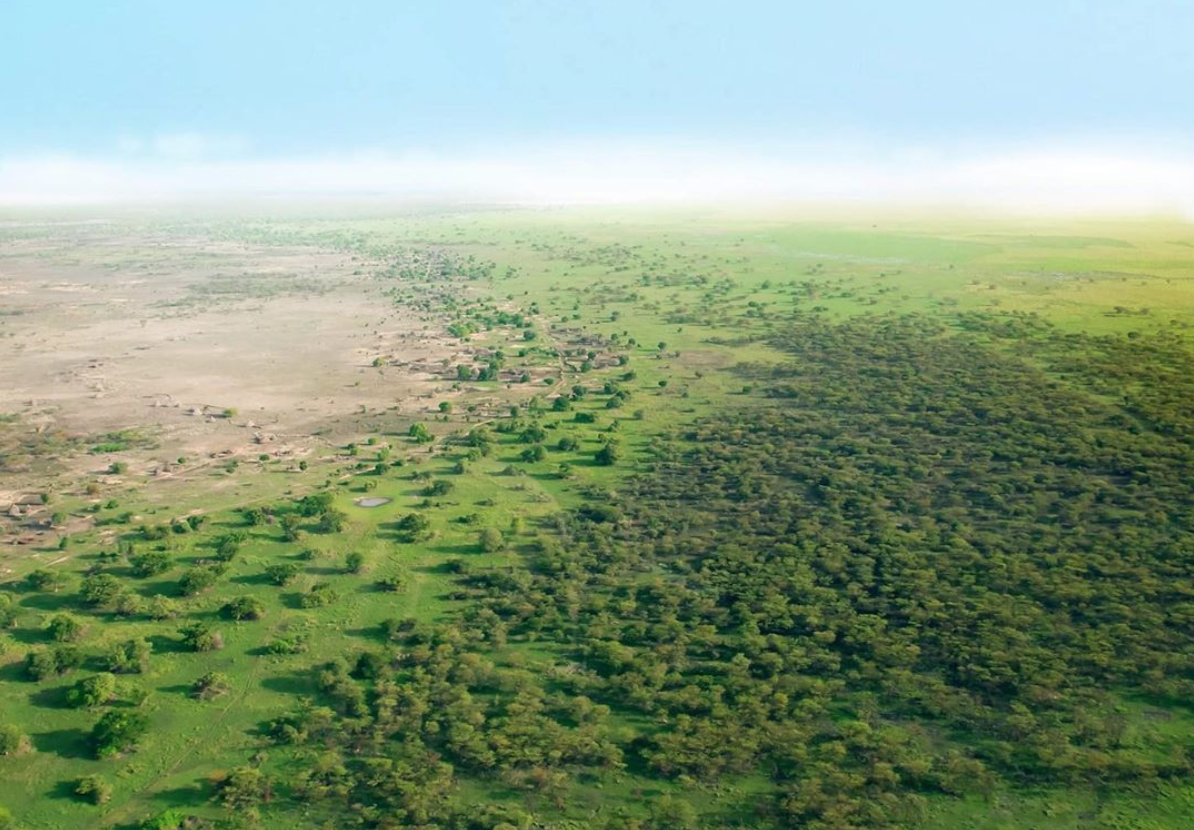
You now have an advantage because you have gained this knowledge before most others –
